HOME BASE
Flint Hills Counterpoint’s Home Base is a conservation land reclamation project focusing on 14 acres in rural Kansas.
The land for Flint Hills Counterpoint’s conservation project is the home of Nasir Islam and Susan Mayo, who have donated the usage of their property. The area surrounding their homestead was chosen for land reclamation due to its habitat fragmentation and loss, invasive plant species, stream degradation, and soil erosion- issues that the region’s tallgrass prairie is coping with and why it is considered as the most decimated ecosystem in North America.
Specialists from the Natural Resources Conservation Service, the Kansas Forest Service, and the Wildlife Parks and Tourism are guiding the reclamation process of this project and are providing funding for the reclamation process.
The Land Stewardship Plan was prepared with the Kansas Forest Service and Natural Resources Conservation Service in early 2019. It was found that the forest stand on the west side of the property was suffering from encroaching invasive species, which threatened its overall health due to moisture stress and sunlight deprivation. Thinning this area allowed sunlight to reach the forest floor, promoting growth for newly planted native trees. Tree species were chosen for their ability to promote wildlife habitat.
The windbreaks along the north and south side of the homestead had been unmaintained. Following a recommendation by the Kansas Forest Service, restoration of these existing windbreaks, by removing inappropriate trees and adding additional trees to fill the gaps and enhance the original function of protection to the homestead, will be completed in the spring of 2022.
A Habitat Management Plan was developed with the Kansas Department of Wildlife and Parks (KDWP) for the east side of the property. Bromegrass (a common cattle grazing species) had taken over the ground cover, which increased moisture stress, and a number of invasive tree species were also present. KDWP agreed to support a restoration of this area to native prairie.
During the fall of 2019, Howard Freerksen of the Kansas Forestry Service walked the forest stand and marked shade tolerant invasive species of hackberry, honeylocust, hedge, cedar and ash with blue paint. The marked trees were then cut down by Ben Bowers and sprayed with a treatment to prevent new growth from the remaining tree stumps.
In early 2020, some of the felled trees were harvested for firewood and distributed to members of the community. The remaining felled trees are being burned with assistance from community members.
After the clearing of the felled trees, Howard Freerksen of the Kansas Forestry Service visited the site again to place flags where future seedlings would be planted in the western area of the property. The northwest plot is being reclaimed from an agricultural site where the rotating crops were corn, soybeans, milo, and wheat.
During the early spring of 2020, seedlings for plots 1, 2, and 3 of the west side of the property arrived. After planting the seedlings into the ground, tree tubes were assembled by hand to protect them from deer, wind, drought, winter crack, and sun-scald. Wood posts serving as support for the tubes were pounded in the ground.
Woodsman Ben Bowers assisted in this process along with community members including Gavin Andres, Alex Young, Lucas Spenser, and Tom Spenser.
By the summer of 2020, poison ivy had taken over the thinned area of the forest stand on the southwest side of the property. This species of vegetation is commonly found throughout Marion County and the state of Kansas. In addition, this lot is inaccessible for mowing.
It was our desire to avoid herbicides as much as possible. After attempting a number of natural alternatives, community member, Virginia Skinner offered a herd of goats to be fostered by the homestead to control poison ivy and weeds in the southwest forest stand. This approach was successful and the herd of goats are now permanent residents of the homestead.
Specialist Jeff Rue of the Wildlife Parks and Tourism visited the site during late summer of 2020 to guide the transitioning of the brome field to a native and pollinator grasses stand on the east side of the property.
At the planting site, the existing brome was removed by the end of the growing season prior to ground freeze. Before seed planting, all trees were also removed from the site.
During the spring of 2021, a control burn was conducted by community members NM Patton and Scott Weber. The fire helped remove dead plant material, allowing prairie grass seeds to easily find their way down to the soil. These types of fires also destroy competition from other plants that may take nutrients and resources from fledgling prairie grasses. Then the seeds were planted by hand by Jeff Rue.
During the fall and winter of 2021-2022, trees were removed from the north and south windbreak areas to create space for plantings of seedlings that will arrive in the spring of 2022 with assistance from community member retired Forest Service member, Gary Buck.
Flint Hills Counterpoint’s community makes all the difference.
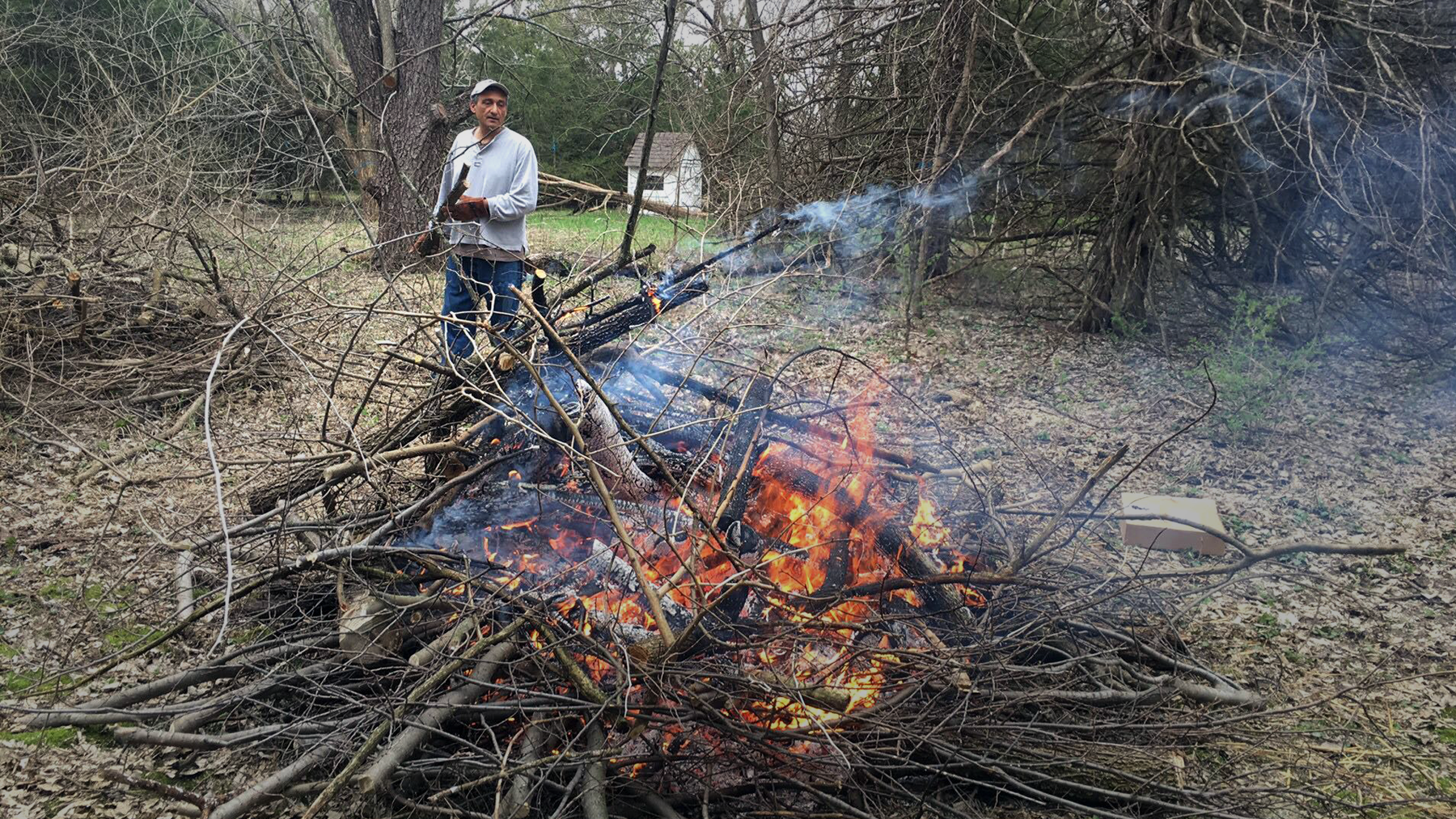
Nasir
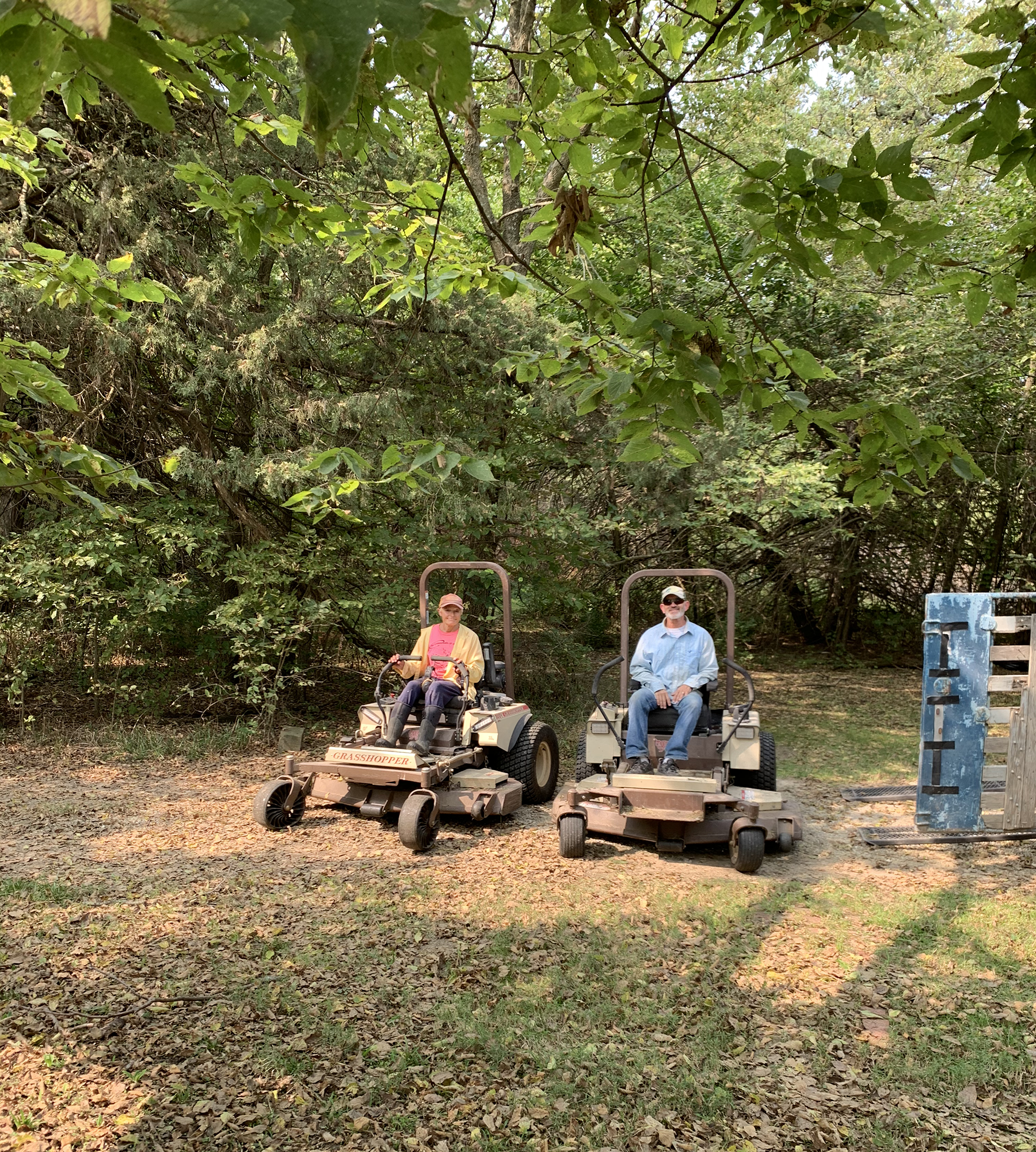
Evan and Becki Yoder

Jeff Rue hand seeding
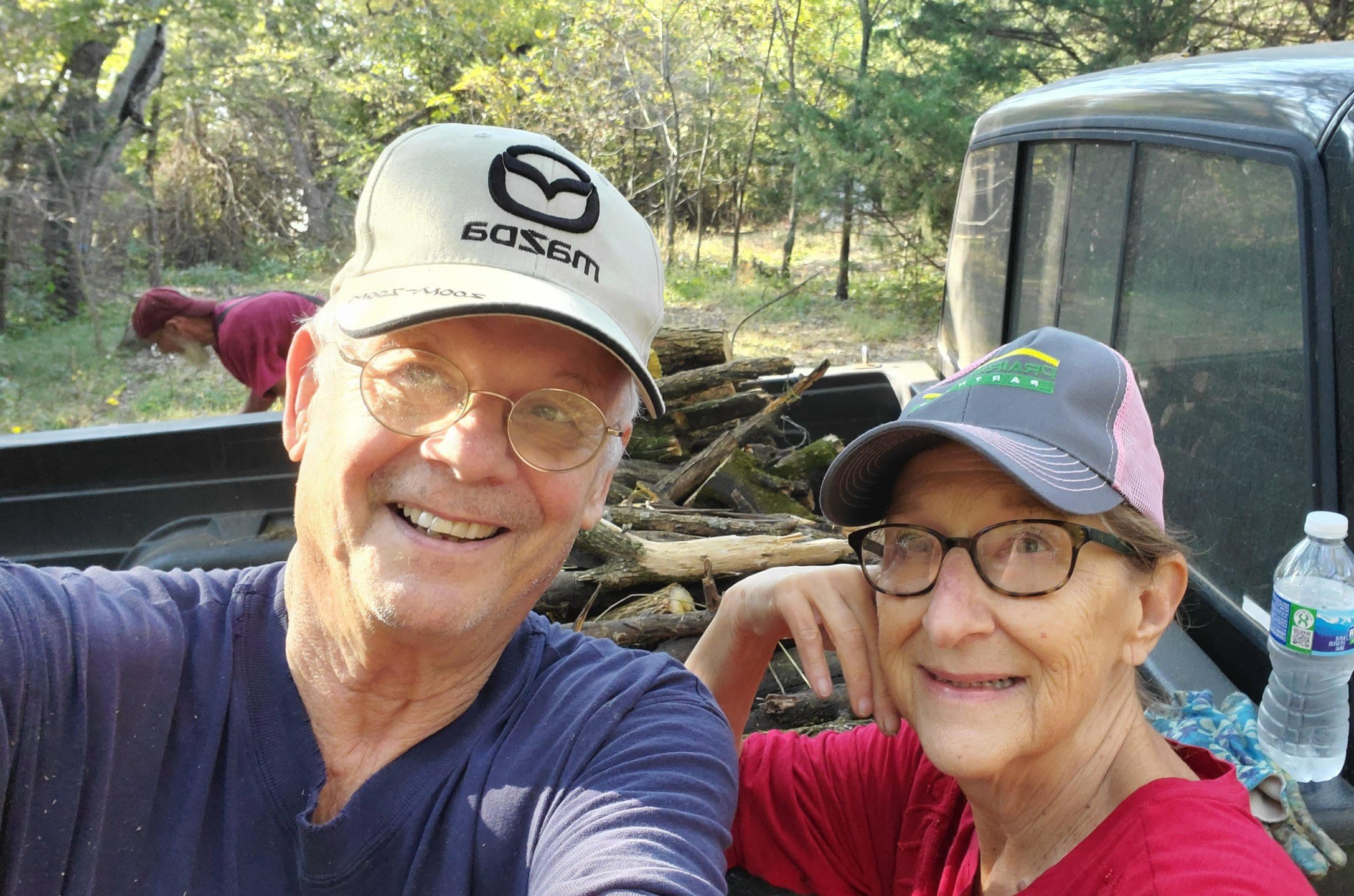
Tom and Faie
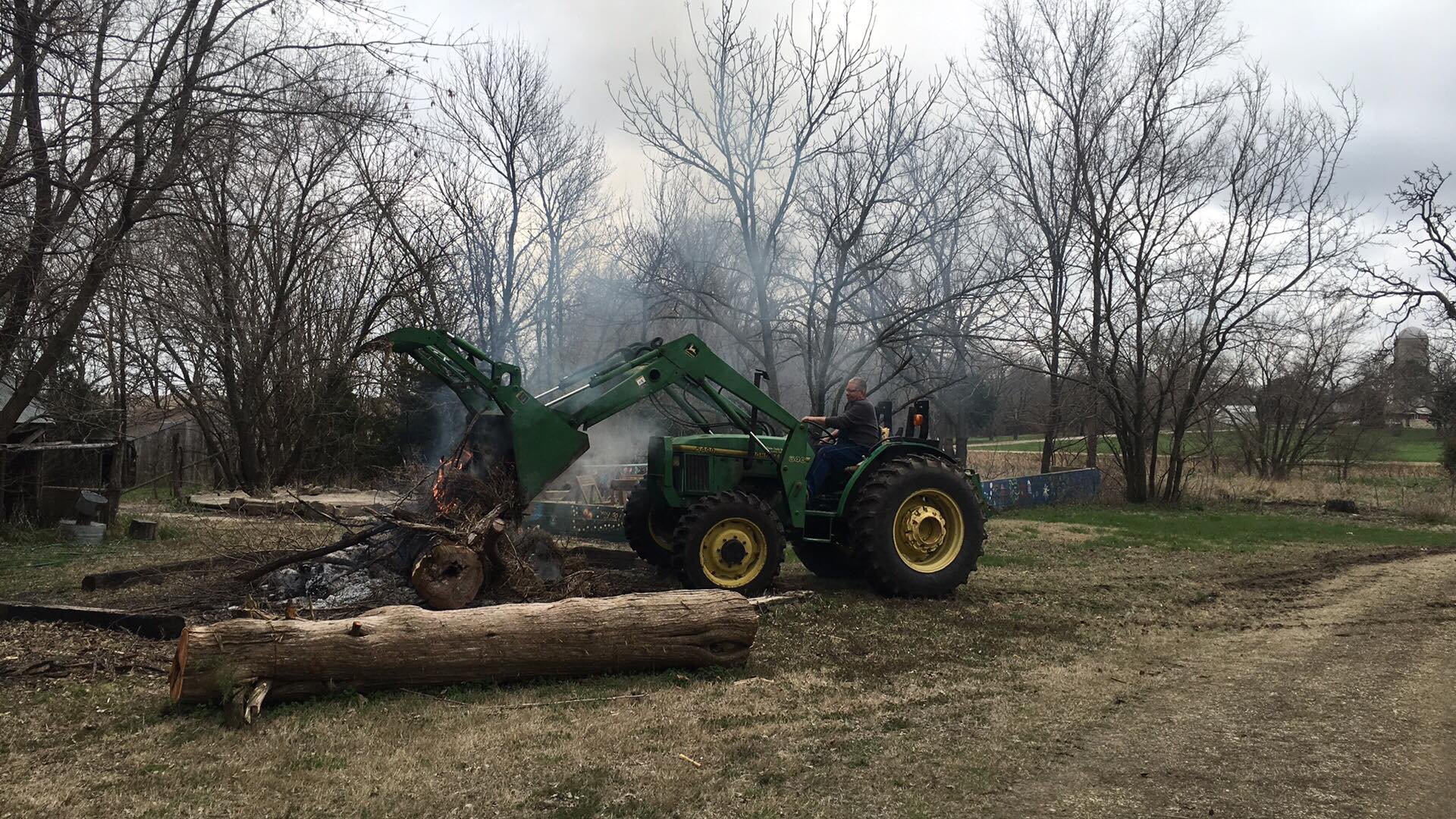
Larry Andres assists in moving felled trees
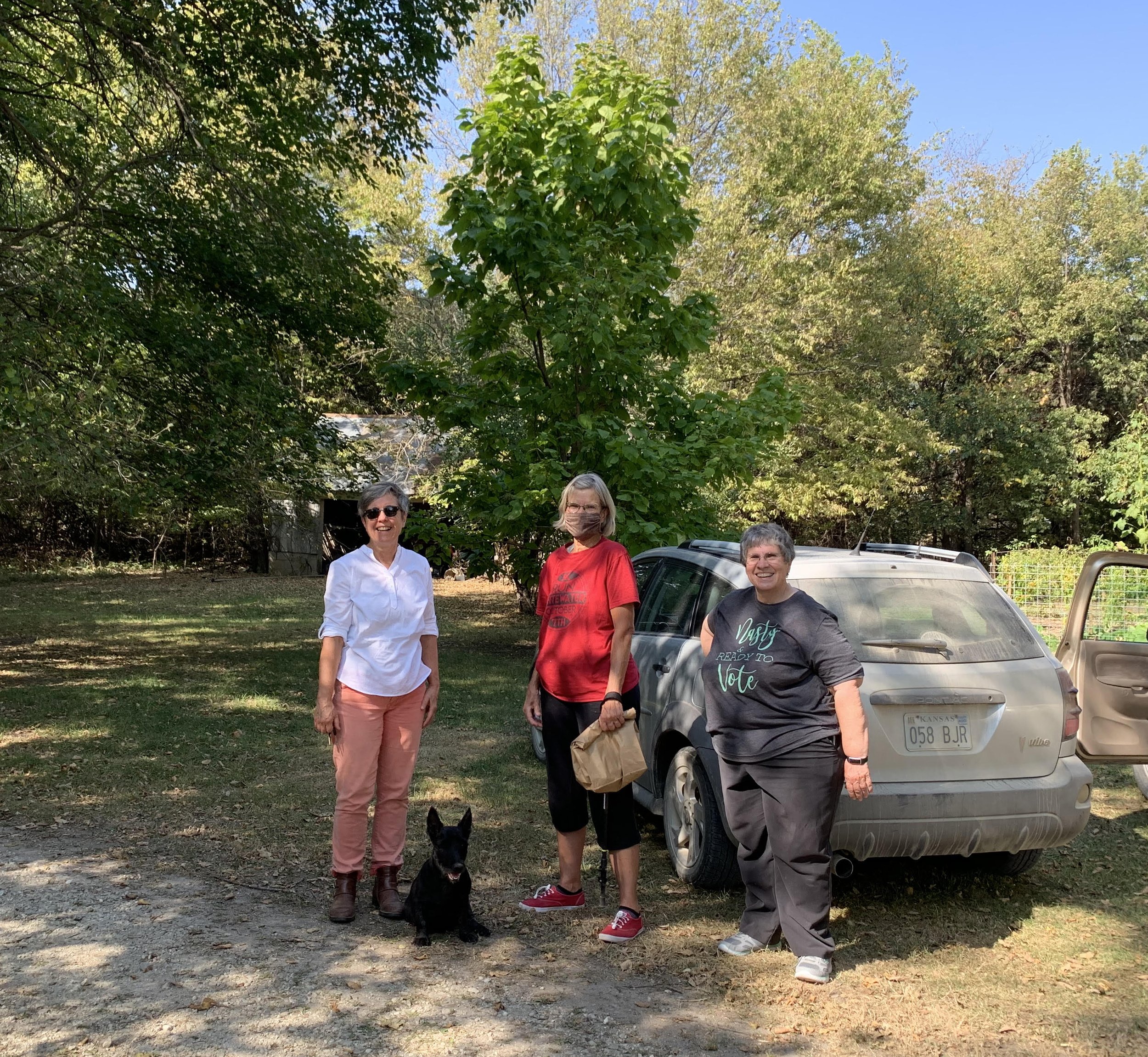
Becky, Annette, and Rosie
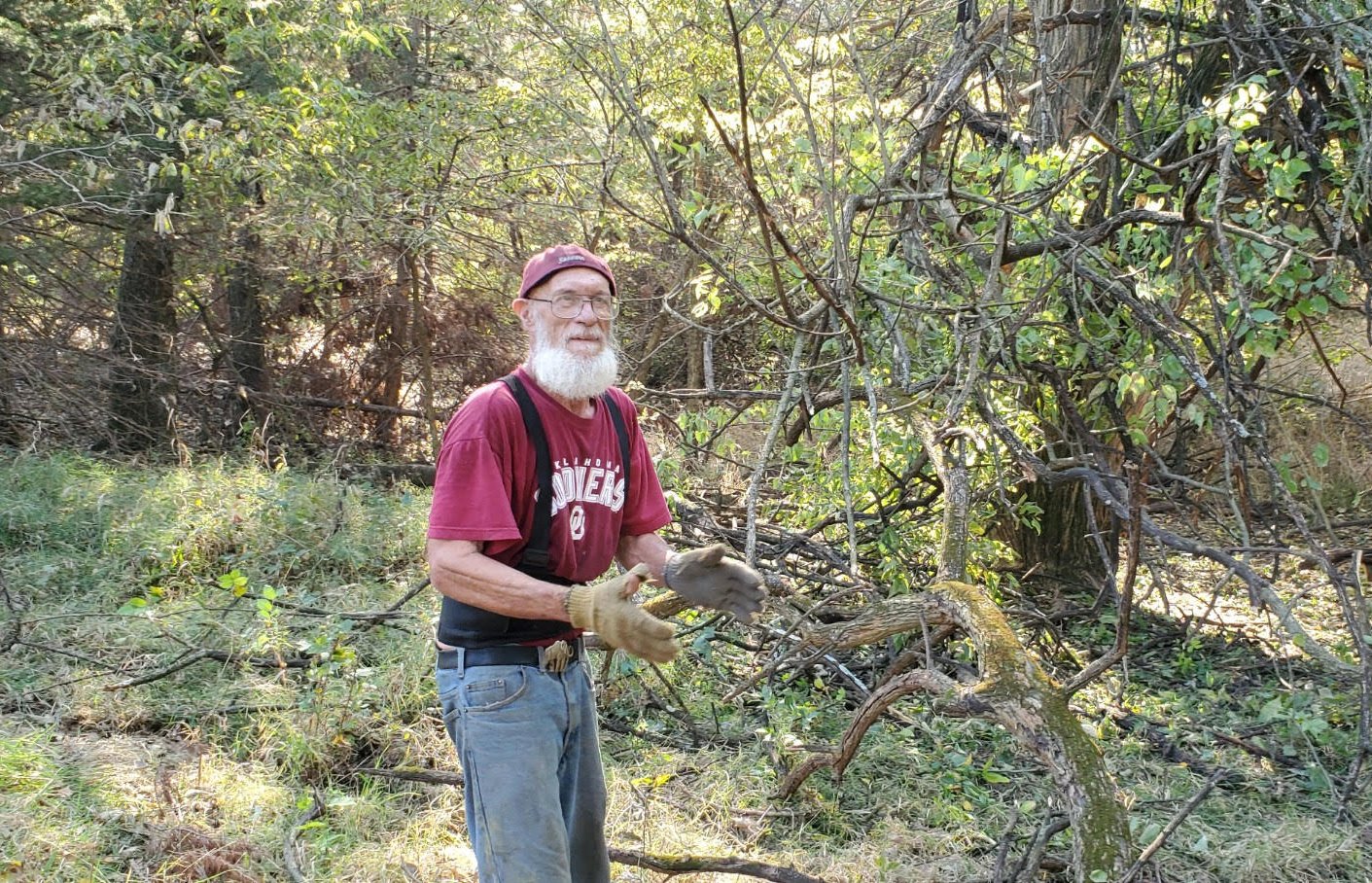
Gary Buck
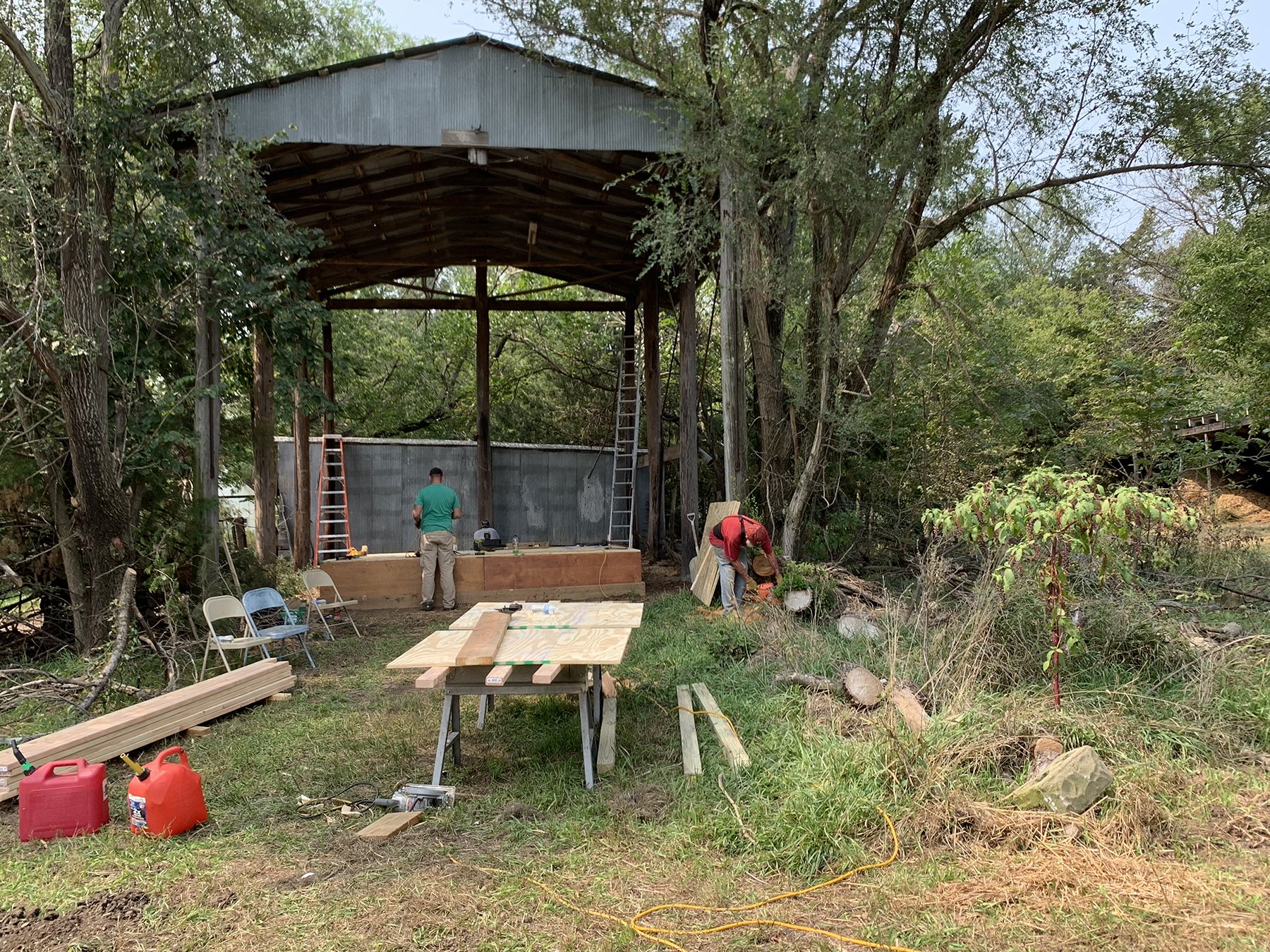
Ted Farha and crew transitioning pole barn into stage
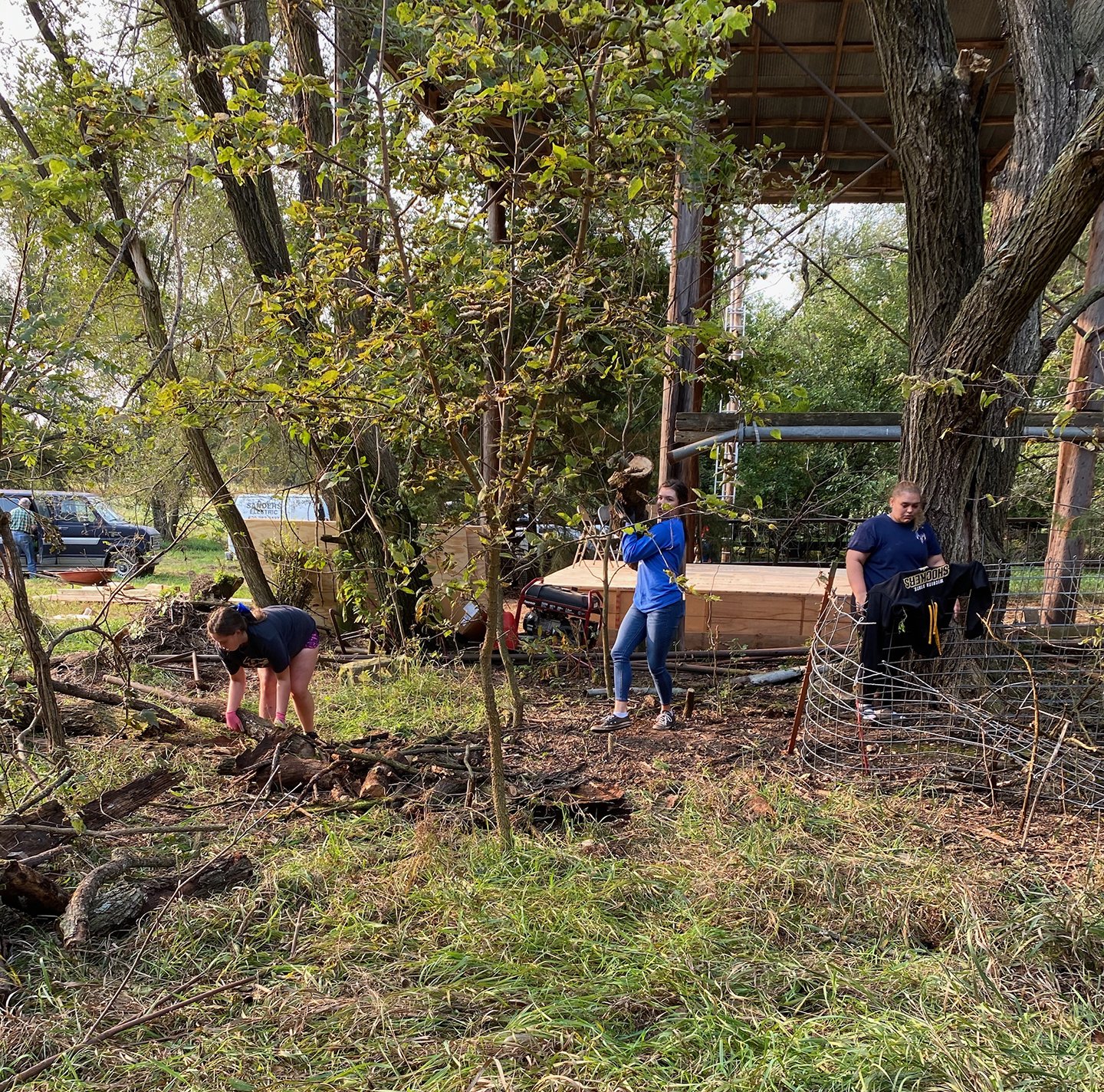
Peabody/ Burns Girls Volleyball Team with Stephanie Winter
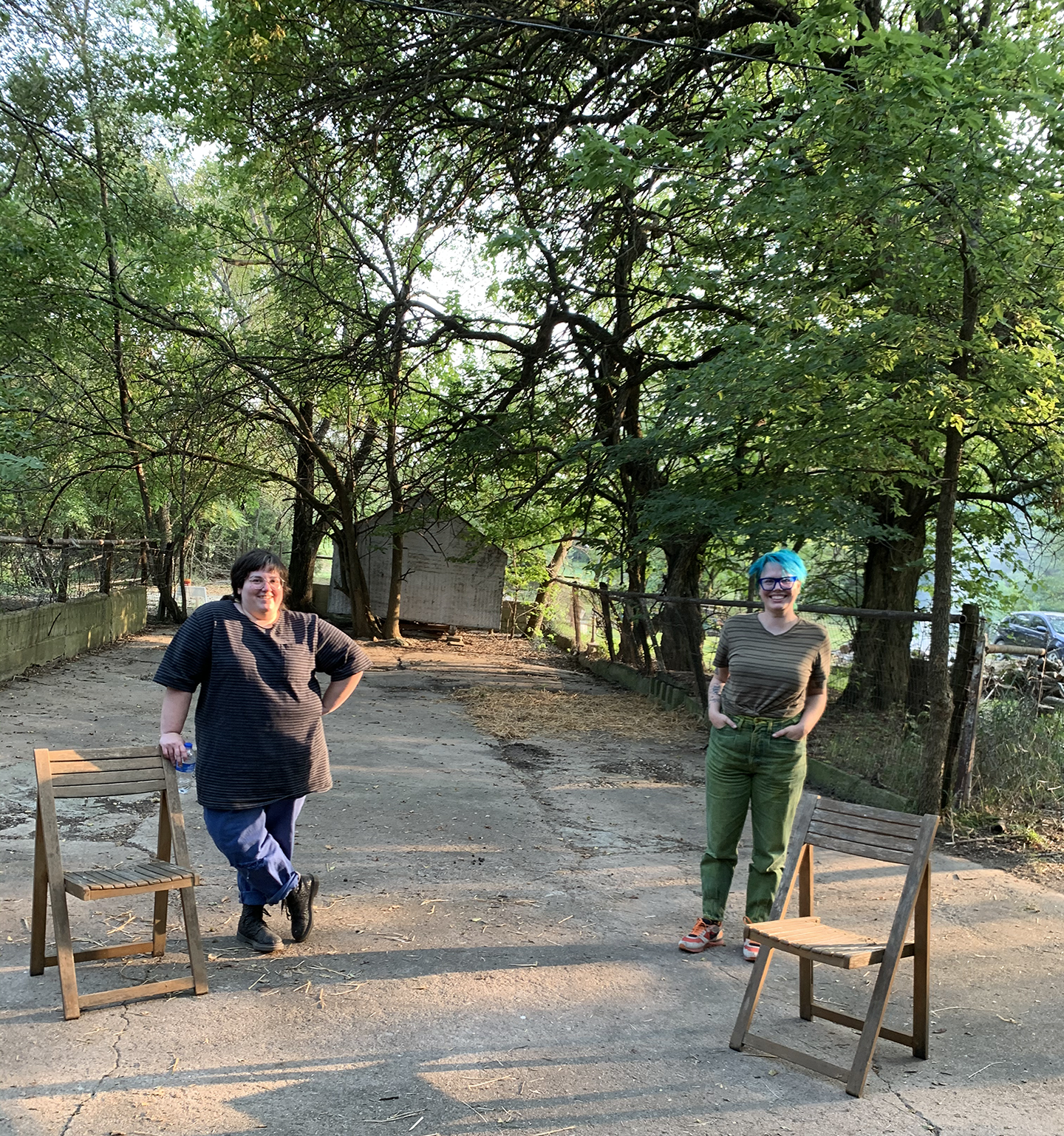
Linnebur and Miller

Lucas and Sarah
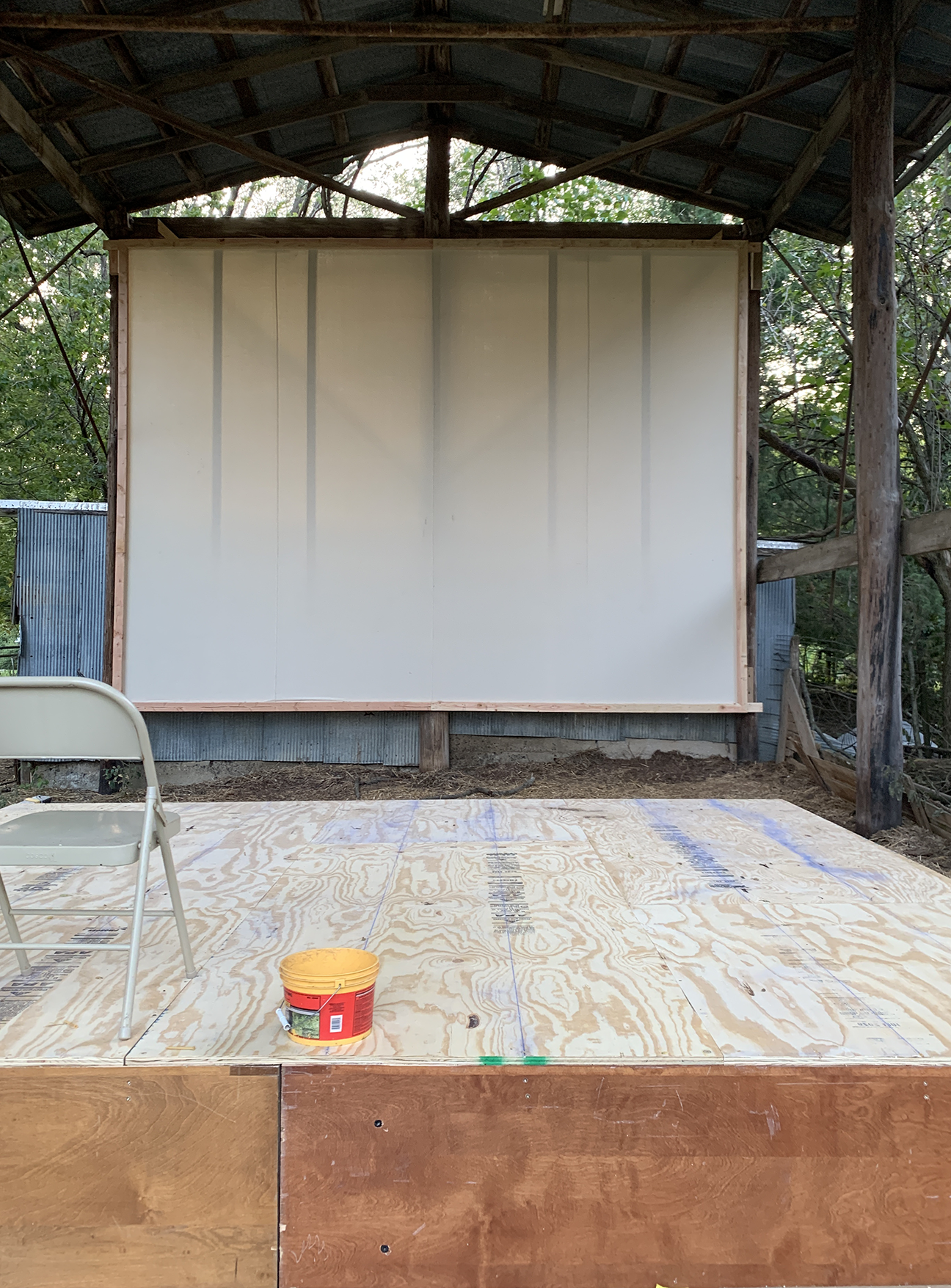
Film screen built by Ted Farha and crew

Alex Young and Tough

Peabody/ Burns Girls Volleyball Team with Stephanie Winter
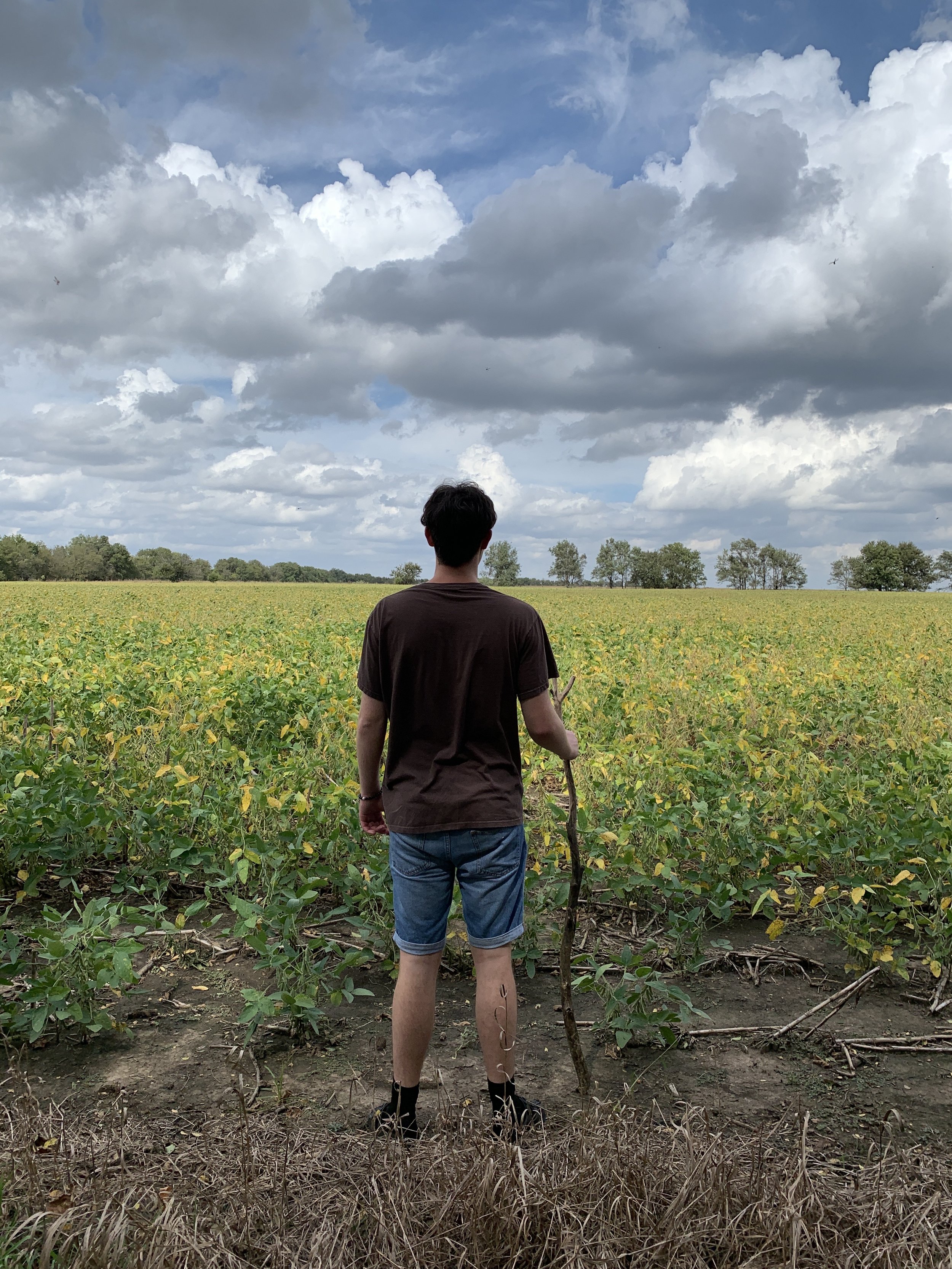
Site visit by Tabor college student
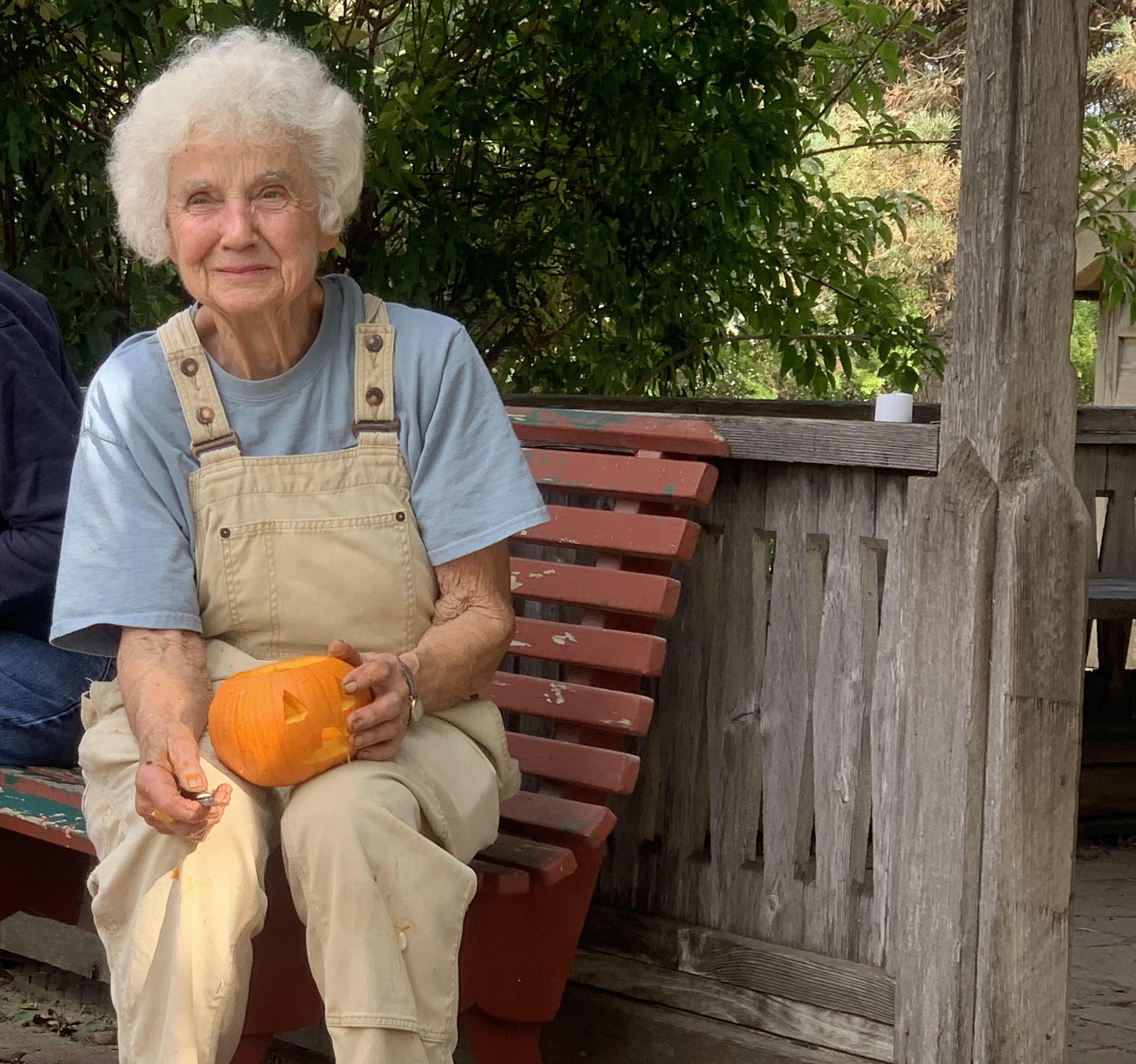
Marilyn Jones
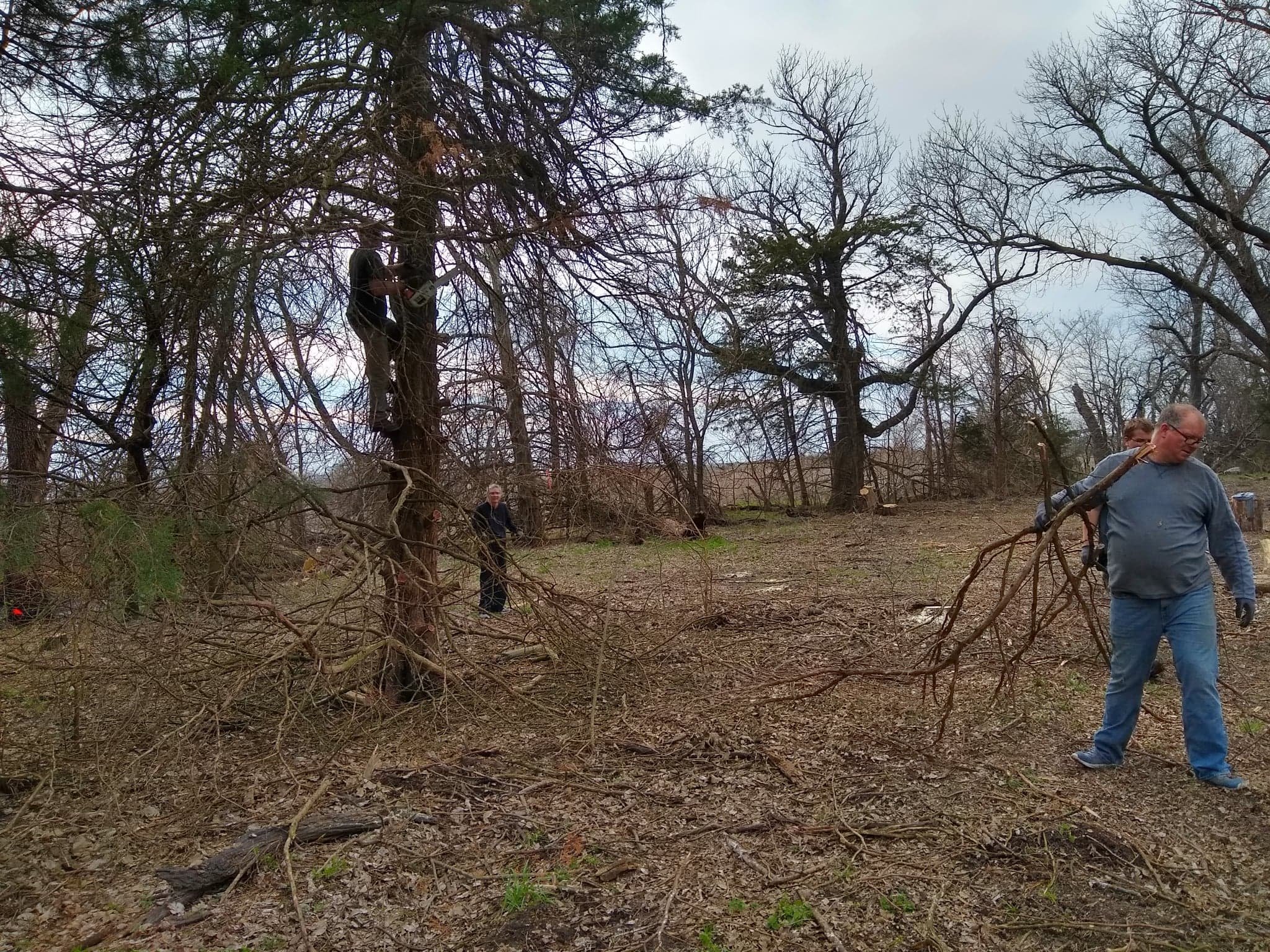
Ben Bowers & Tom Spencer
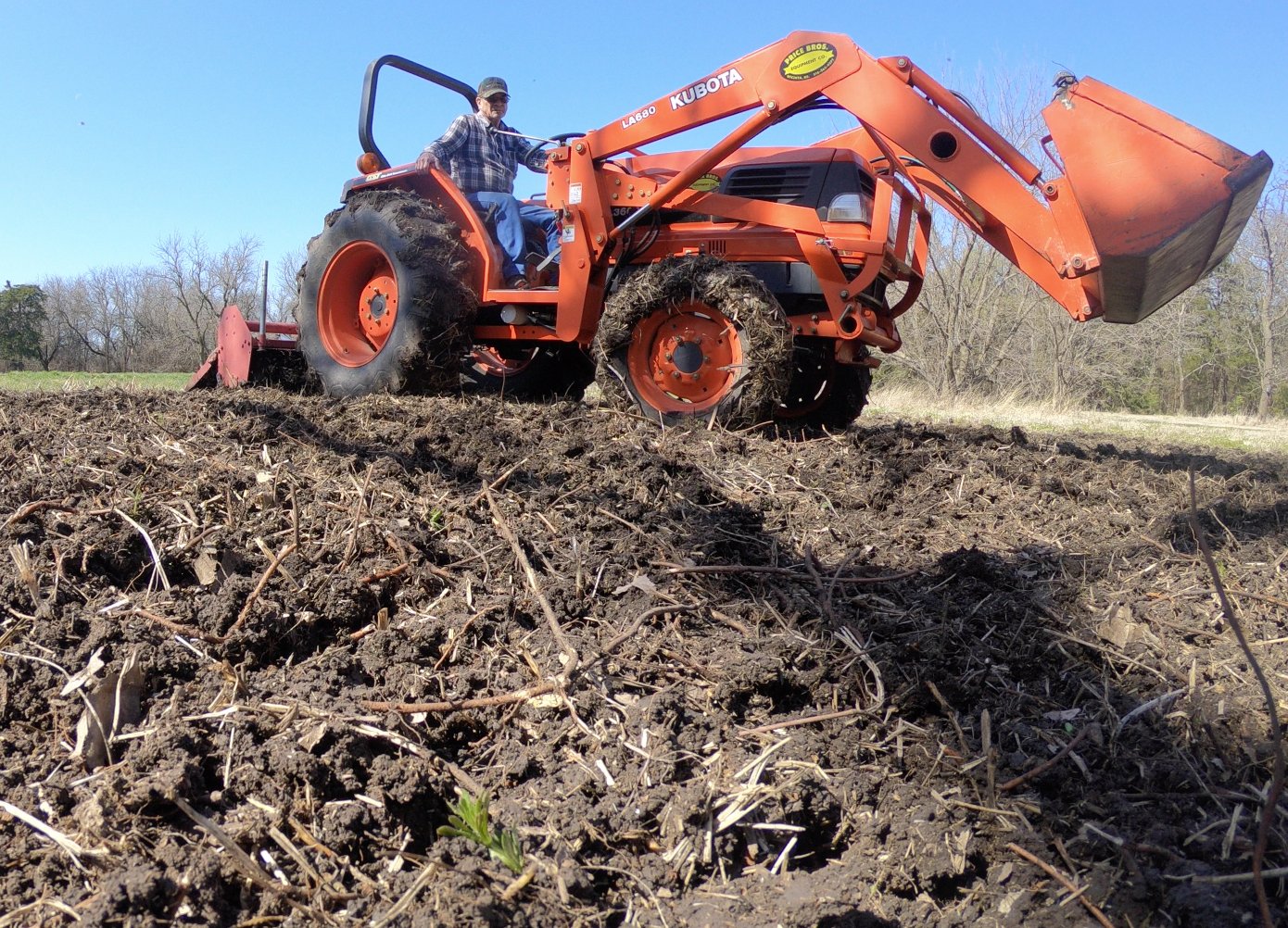
Scott Weber

Alex Young, Tom Spencer, and Lucas Spencer
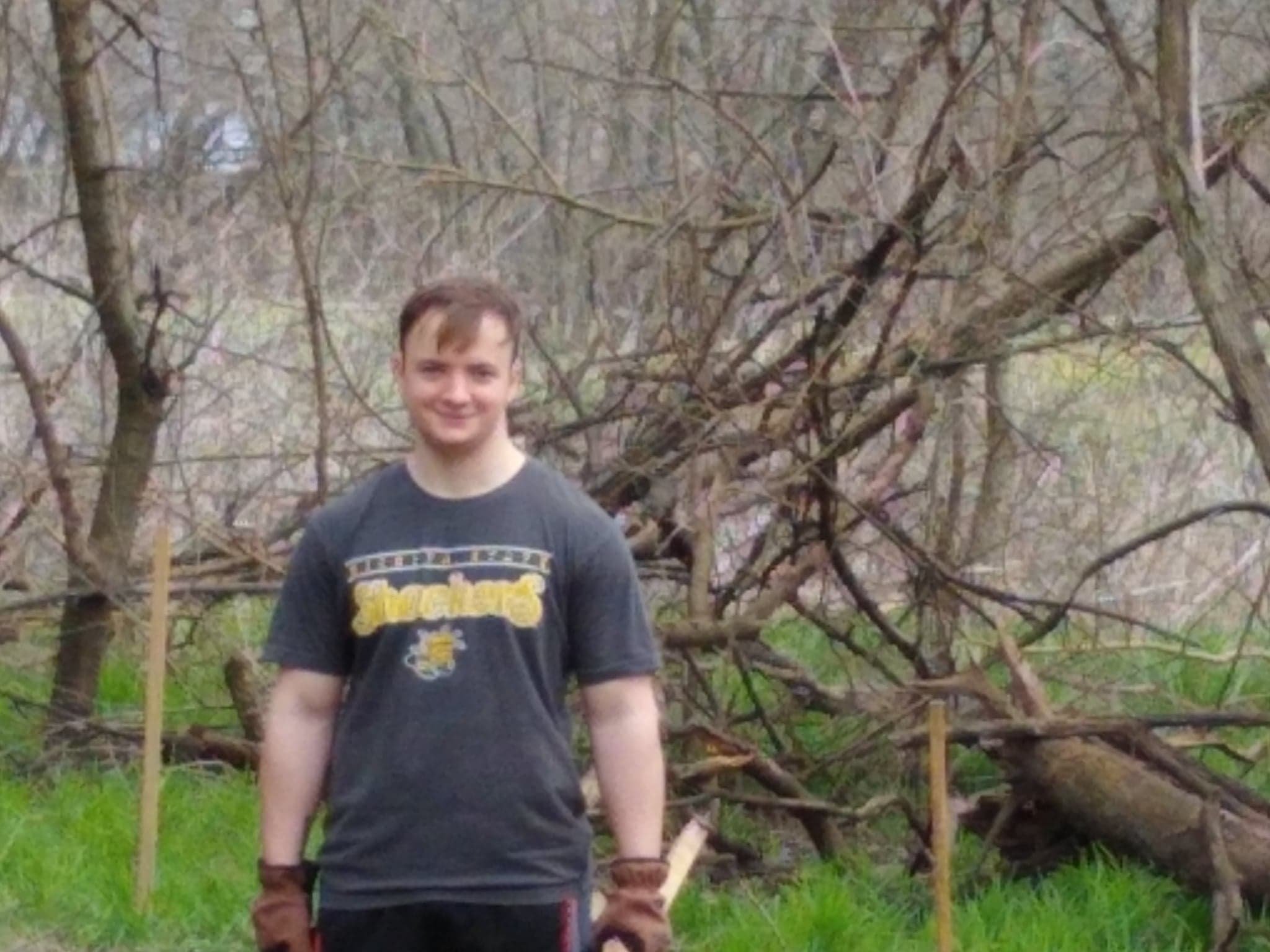
Gavin Andres
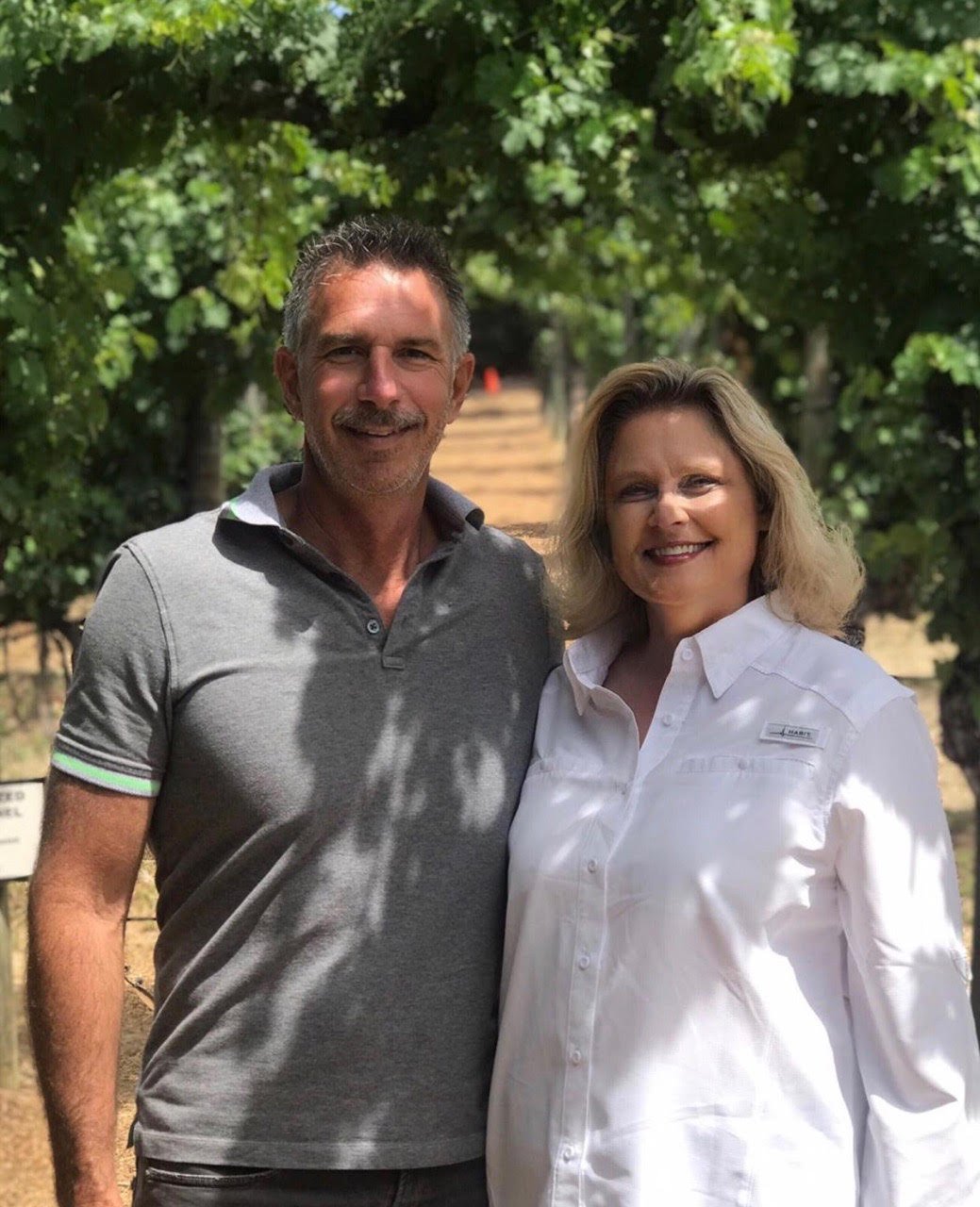
Jeff and Laurie Methvin
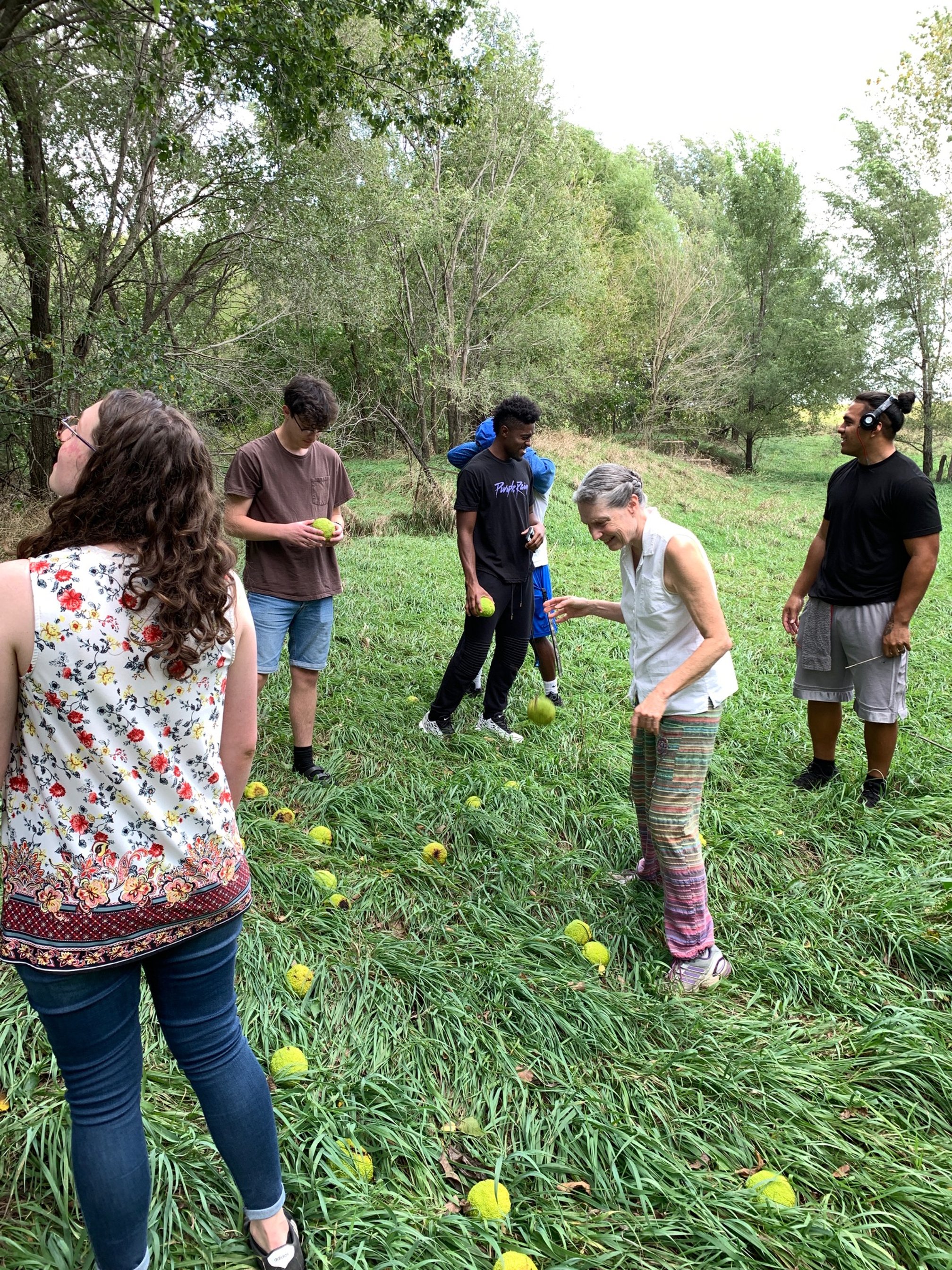
Design students from Tabor College
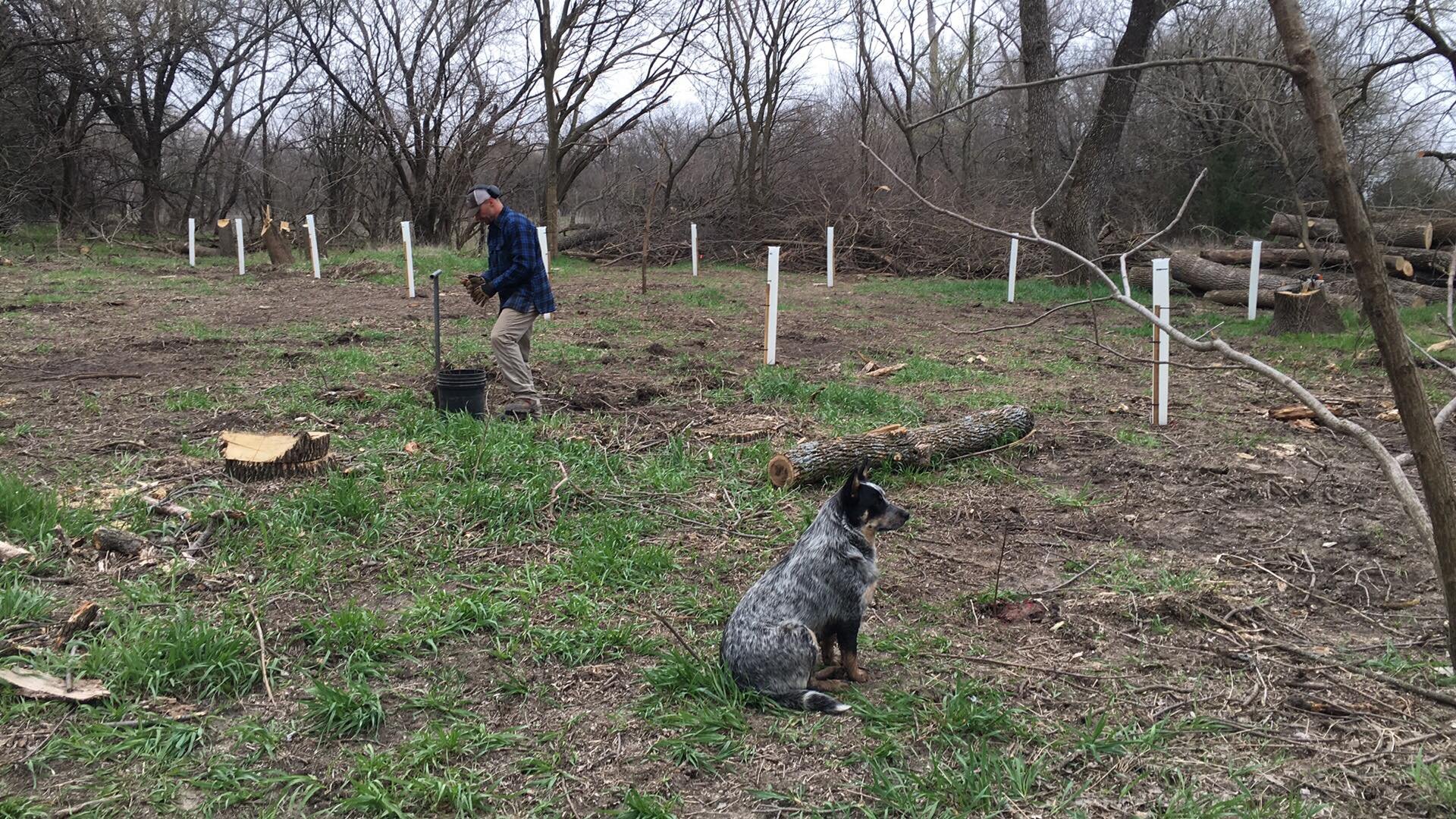
Ben Bowers & Tough
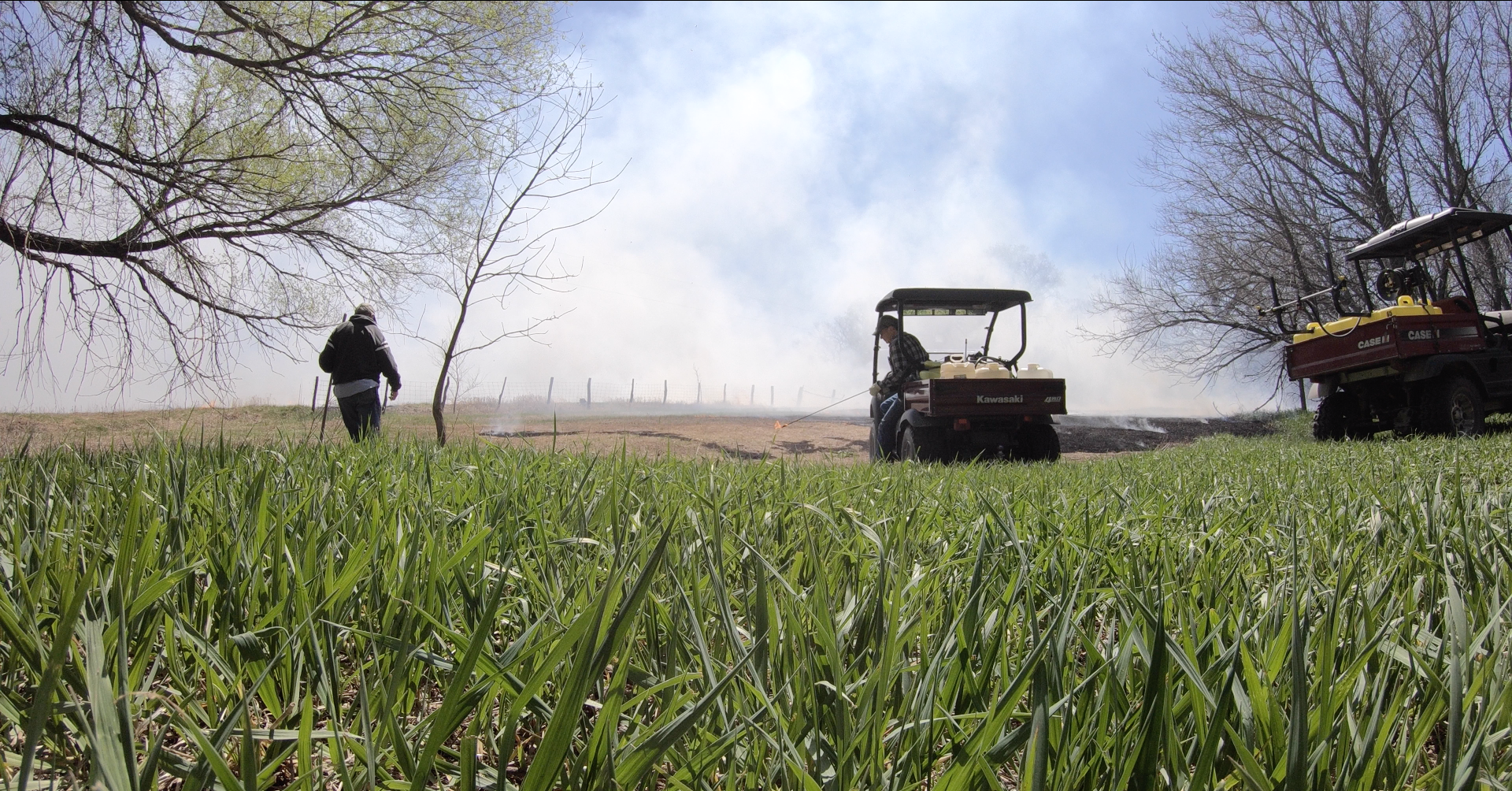
Control burn with NM Patton and Scott Weber

Shirley Davis

Volunteer, Baby Farm Animal Tour 2022
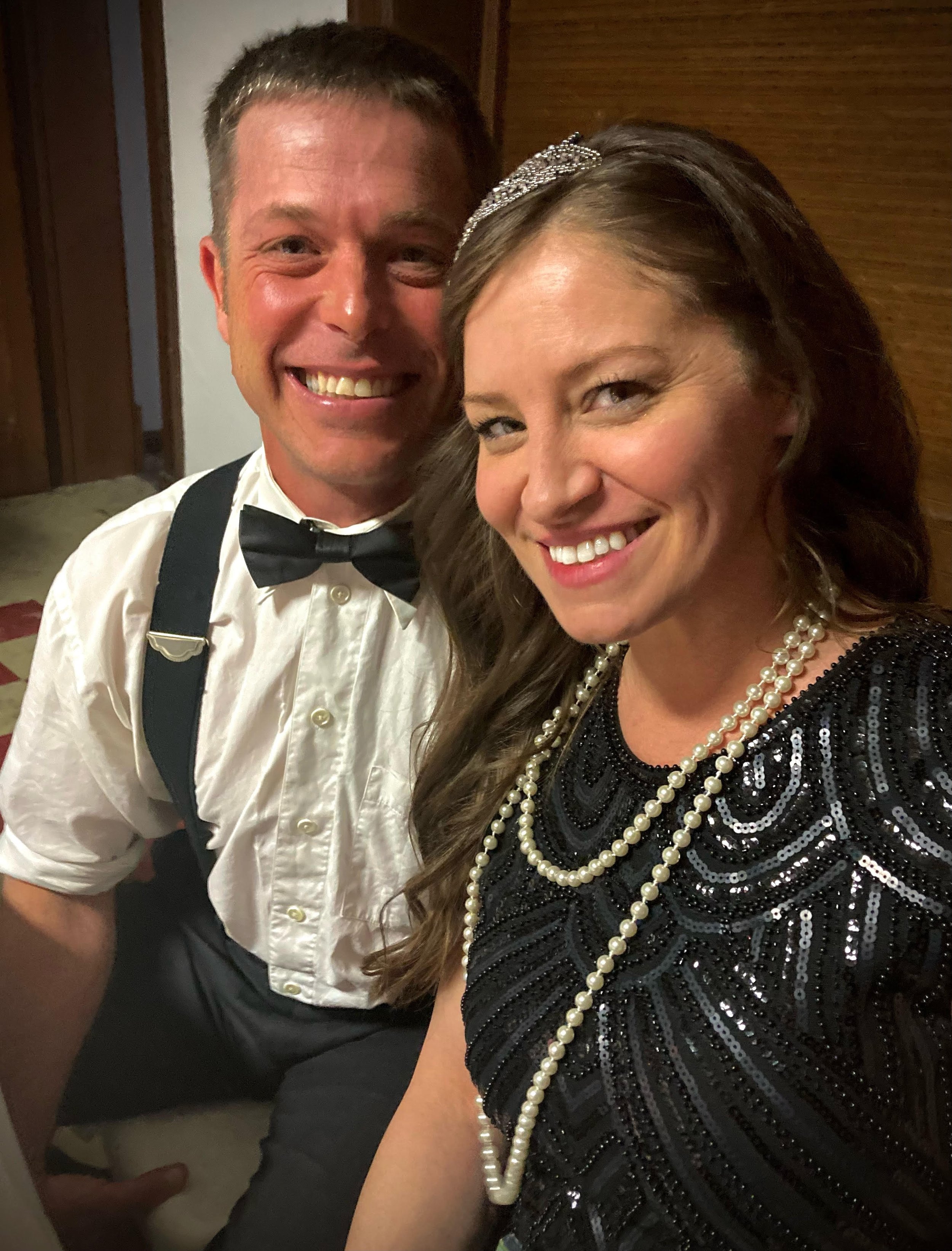
Brandon and Michelle Butts
Flint Hills Counterpoint’s Home Base conservation land reclamation project is ongoing.
If you are interested in starting your own land reclamation project, contact:

















